Textos
Artigos publicados – Prefácios – Memorial
© by Ricardo da Costa © 1995-2025
All rights reserved.
Artigos publicados – Prefácios – Memorial
© by Ricardo da Costa © 1995-2025
All rights reserved.
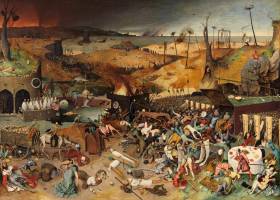
146
Analysis of the macabre themes exposed in the famous painting The Triumph of Death (c.1562), by Bruegel the Elder (c.1525-1569). My interpretive proposal is to appreciate the images from the musical suggestions that the artist represents, and that the density of the drama of existence in the face of death can be understood more profoundly with the confrontation of the painting’s images with the musicality of the instruments and the sound of scenes.
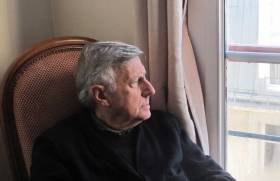
145
The historiographical production of José Enrique Ruiz-Domènec (1948-) and his influence on my totalizing vision of History: his multidisciplinarity, method and dialogue with other areas of knowledge from Human Sciences.
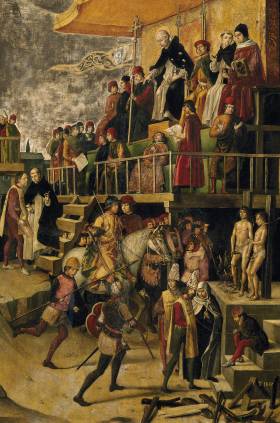
144
The mith of Inquisition in the iconographic interpretation of three artistic representations: Pedro Berruguete (c.1450-1504), Goya (1746-1828) and Cristiano Banti (1824-1904).

143
The biblical theme Susanna and the elders in the History of Art – in seven artists: the Master of Fauvel (Anonymous master, 14th century), Domenico di Michelino (1417-1491), Lorenzo Lotto (c.1480-1556), Jan Massys (c.1510-1575), Jacques-Antoine Beaufort (1721-1784), Francesco Hayez (1791-1881), and Artemisia Gentileschi (1593-1623).
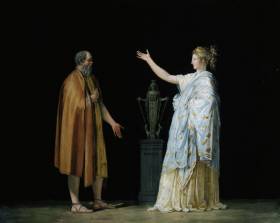
142
The Rhetoric in Antiquity and the Middle Ages from the perspective of eleven philosophers. It also offers an extract from us translated from the New Rhetoric (1301) of the Catalan philosopher Ramon Llull (1232-1316), the first translation into Portuguese.

141
The concept of courtly love in eight songs (cançons) of the Catalan medieval troubadour Berenguer de Palou.
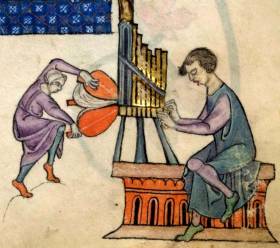
140
Brief exposition of the importance of Music in Western aesthetic thought. Since Plato, and later, in the Middle Ages, San Isidore of Seville, Guido of Arezzo and Ramon Llull, all had thinkers who did meditations on the importance of the aesthetics of harmonic sounds for human existence.
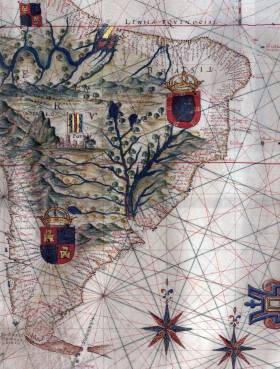
139
Analysis of the academic studies about the Middle Ages in the State of Espírito Santo (ES-Brazil).
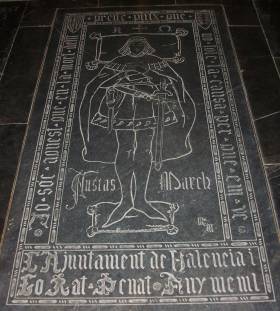
138
Review of the Complete Works of the Valencian poet Ausiàs March (1400-1459), edited by Robert Archer.
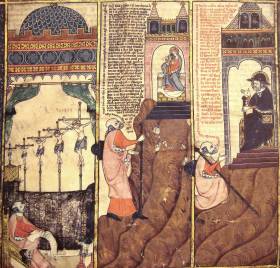
137
Analysis of the concept of tolerance and its inapplicability to the study of relations between religions in the Middle Ages.
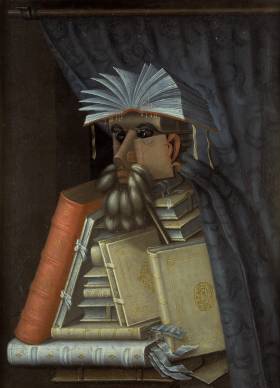
136
Academic Memorial presented on April 26, 2017 to a Special Commission to progress to the last level of academic career in Brazil (Professor Titular).

135
The Multiple Middle Ages investigated by Jacques Le Goff (1924-2014) in his academic career: civilization, imaginary, cities, bankers, daily life, intellectuals, Saint Louis (1214-1270).
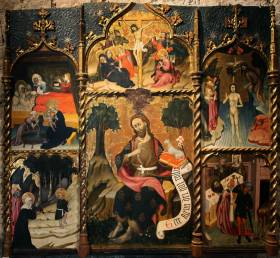
134
Étude iconographique du Retable de Saint Jean-Baptiste (1425-1430), attribué au peintre gothique catalan Bernat Martorell (1390-1452), afin d’analyser les représentations imagétiques du corps du saint, ses expressions faciales, ses gestes.
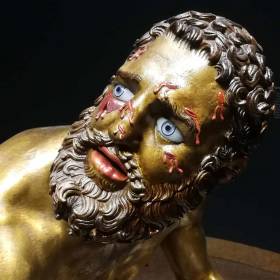
133
First part of the book Aesthetics.
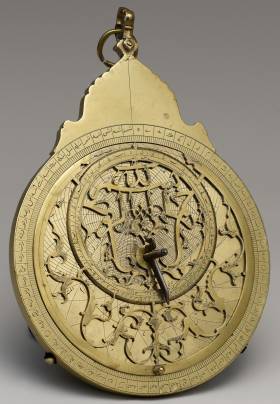
132
Analysis of Tractat d'Astronomia (1297) of Catalan Philosopher Ramon Llull.
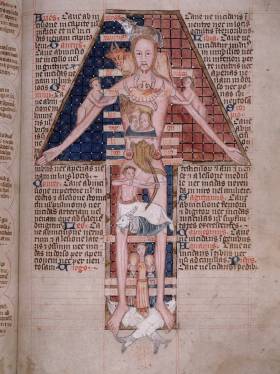
131
The importance of Astrology / Astronomy in the Middle Ages, especially the artistic metaphor of the Zodiacal Man as a microcosm of the Universe Revolution.
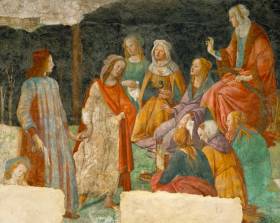
130
This article contains an exposition and an analysis on the theme of the Liberal Arts in a sermon of Saint Vincent Ferrer, renowned Dominican Valencian preacher during the passage between the fourteenth and fifteenth centuries. We intend to show that the Liberal Arts are addressed by the sermonist within the traditional theoretical scope of classification of sciences in the medieval period.

129
The Melancholy in the writings of the philosopher Ramon Llull.
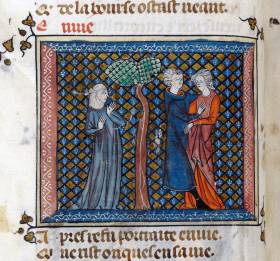
128
Envy is one of the Seven Deadly Sins and a classic theme in Medieval and Renaissance Art. Our purpose is to analyze some of the more traditional images on the subject.

127
Leprosy in Middle Ages, its history, medical perception and social attitude toward manifestation of the disease. We present some excerpts from Començaments de Medicina (The Principles of Medicine) by the philosopher Ramon Llull (1232-1316) which presents the theoretical foundations of his Medicine.
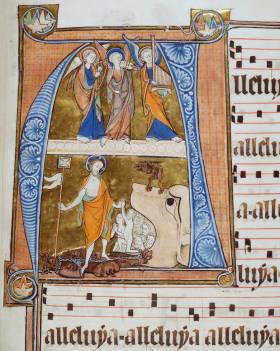
126
The purpose is to present the methodology of the Spanish historian José Enrique Ruiz-Domènec (1948-) for the study of the Past: the appreciation of Music – one of the seven Liberal Arts – in historical studies as a key element for understanding the history of cultures in time.
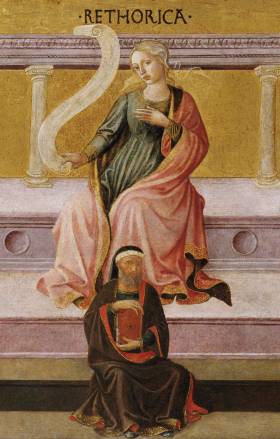
125
Nuestra propuesta es presentar el concepto de Belleza en las obras Retòrica Nova (1301) y el Llibre de contemplació (1271-1274) del filósofo Ramón Llull, idea central retórica para convertir el mundo al Cristianismo, y mostrar sus respectivos temas, exempla y proverbios.
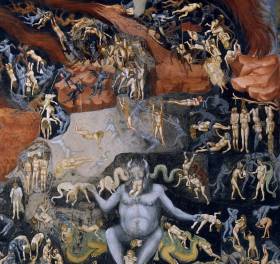
124
Iconographic analysis of medieval frescoes about hell with the confrontation of biblical texts, philosophers and writers of the thirteenth century.
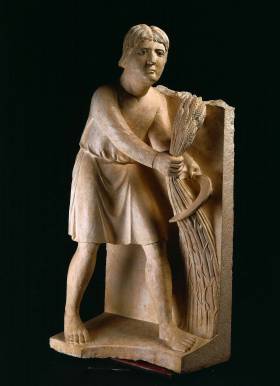
123
The purpose is to present a ripe fruit of artistic renewal (renovatio) from the XII century: the representations of peasant life in the sculptures of Benedetto Antelami exposed in the Baptistery of Parma.
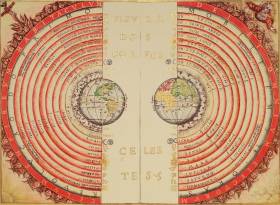
122
The contents of the Second Book of Convivio (c.1304-1307) from Dante and discuss the philosophical foundations of his analogy between seven Liberal Arts and seven planets.
